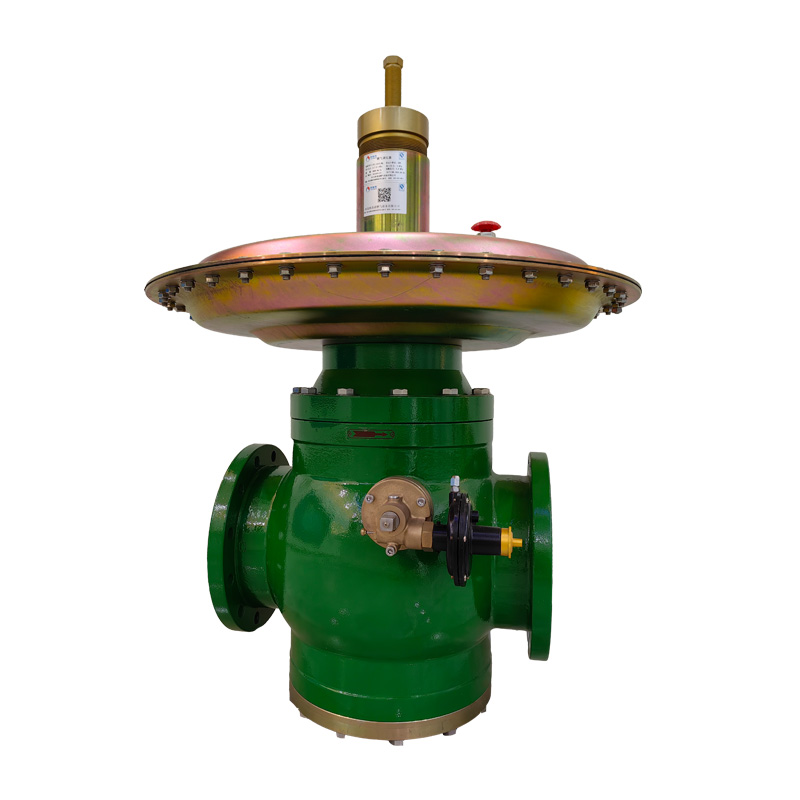
Aug . 08, 2024 11:25
Back to list
Effective Design and Optimization Strategies for Enhanced Performance of Heat Exchangers in Industrial Applications
Understanding Heat Exchangers Principles and Applications
Heat exchangers are crucial components in a variety of industrial processes, serving the primary function of transferring heat from one medium to another without mixing them. This process plays a critical role in improving energy efficiency, enhancing operational safety, and reducing operational costs across numerous applications.
Principles of Heat Exchange
At its core, a heat exchanger operates based on the principles of thermodynamics, facilitating the transfer of thermal energy between two fluids. This transfer is governed by the temperature gradient; heat naturally flows from the hotter fluid to the cooler one. To maximize efficiency, heat exchangers are designed to provide a large surface area for heat transfer and ensure optimal flow arrangements, which can be parallel, counterflow, or crossflow.
Types of Heat Exchangers
Heat exchangers come in various designs, each suited for specific applications. The most common types include
1. Shell and Tube Heat Exchangers Comprising a series of tubes, one set carries the hot fluid, while the other circulates the cooler fluid. The heat transfer occurs through the tube walls, making this design highly effective for high-pressure applications.
2. Plate Heat Exchangers These consist of multiple plates stacked together, creating channels for the fluids to pass. The large surface area between the plates allows for efficient heat transfer, making them ideal for low to medium pressure applications.
3. Air-Cooled Heat Exchangers Utilizing air as the cooling medium, these exchangers do not require water and are commonly used in power plants and chemical processing facilities, particularly in areas where water is scarce.
4. Double-Pipeline Heat Exchangers This design features one pipe inside another, where one medium flows through the inner pipe, and the other flows around it within the outer pipe, facilitating heat exchange in a compact format.
heat exchanger

Applications of Heat Exchangers
Heat exchangers are invaluable in several industries, including
- Chemical Processing They are essential for maintaining optimal reaction temperatures and controlling heat release during exothermic chemical reactions.
- Power Generation In power plants, heat exchangers recycle heat from the exhaust gases, significantly improving thermal efficiency and reducing emissions.
- HVAC Systems In heating, ventilation, and air conditioning systems, heat exchangers maintain indoor climate control and energy efficiency by recovering heat from exhaust air.
- Food and Beverage Industry They ensure safe temperature control during pasteurization processes, preserving product integrity while enhancing safety.
Efficiency Considerations
The efficiency of heat exchangers can be affected by various factors, including fluid properties, flow rates, fouling (the accumulation of unwanted material on heat transfer surfaces), and temperature differences. Regular maintenance and cleaning are crucial to prevent fouling and ensure consistent performance. Advanced materials and coatings are also being developed to enhance heat transfer efficiency and reduce fouling tendencies.
Conclusion
In summary, heat exchangers are vital in many industrial processes, contributing significantly to energy efficiency and operational performance. Understanding the principles of heat transfer and the various types of heat exchangers allows industries to select the most appropriate design for their specific needs. As technology evolves, advancements in heat exchanger design and materials will continue to drive efficiencies and sustainability in energy use, validating their importance in the modern industrial landscape.
Latest news
-
Safety Valve Spring-Loaded Design Overpressure ProtectionNewsJul.25,2025
-
Precision Voltage Regulator AC5 Accuracy Grade PerformanceNewsJul.25,2025
-
Natural Gas Pressure Regulating Skid Industrial Pipeline ApplicationsNewsJul.25,2025
-
Natural Gas Filter Stainless Steel Mesh Element DesignNewsJul.25,2025
-
Gas Pressure Regulator Valve Direct-Acting Spring-Loaded DesignNewsJul.25,2025
-
Decompression Equipment Multi-Stage Heat Exchange System DesignNewsJul.25,2025

